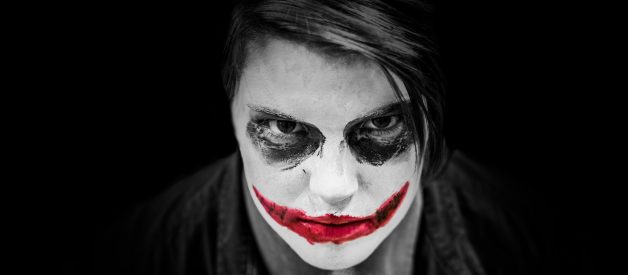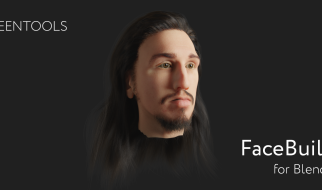
This week I went to see the movie Joker. It is a dark and compelling story about Aurthur Fleck (Joaquin Phoenix), a tragically unsuccessful clown and failed stand-up comedian. Fleck lives and cares for his depressed mother in the beaten-up Gotham City. A string of violent events leads to a city revolt and the birth of the Joker.
Joaquin Phoenix is simply fantastic as the Joker. The actor, 44, lost 52 pounds for the role and his gaunt appearance highlights the pronounced rounding posture in his left shoulder.
About the weight loss, Phoenix says: ?I felt like I could move my body in ways that I hadn?t been able to before,? and it really shows in this entirely improvised dancing scene, which I find hauntingly beautiful.
Joaquin Phoenix Shoulder Problem
Joaquin has never commented publicly on his posture, except describing a ?bad neck since [he] was very young? on the Tonight Show with Jay Leno.
As a curious Posture Doctor, I began looking for pictures of Phoenix?s posture, trying to work out what was wrong.
Pectus Excavatum
A sunken chest makes pectus excavatum one possible diagnosis. Abnormal growth of the sternum and ribs results in an inward appearance in the chest in children who have pectus excavatum. They also tend to have a hunched-forward posture, with flared ribs and shoulder blades.
Scoliosis
Another possible diagnosis is spinal scoliosis, or curvature of the spine. Affected children may have uneven shoulders, one shoulder blade that appears to be more pronounced or prominent than the other, and uneven hips.
Sprengel?s Deformity
The most likely diagnosis of Joaquin Phoenix?s shoulder problem (from pure obversation) is Spregel?s Deformity or high scapula.
Sprengel?s Deformity is a rare disorder present from birth, in which the shoulder blade (scapula) is too high on one side of the body.
The affected abnormal shoulder blade (for Phoenix, his left side) is associated with defects of the cervical (neck) and thoracic vertebrae, and the ribs in about 50% of cases.
The bony anomalies found in the neck, often restrict movement of the shoulder. The affected shoulder blade may also be internally rotated toward the middle of the body.
Sprengel?s Deformity can occur in association with other abnormalities. The exact, underlying cause of Sprengel?s Deformity is unknown.
Signs and Symptoms
Sprengel?s Deformity can range from very mild, to severe cases in which the shoulder is noticeably elevated .
The main signs and symptoms of Sprengel?s Deformity are limited range of movement of the arm and shoulder blade on the affected side, as well as the neck.
In approximately 75% of cases, Sprengel?s Deformity is associated with additional abnormalities, most commonly Klippel-Feil syndrome (fusion of at least two neck vertebrae), but also scoliosis (curvature of the spine), spina bifida (lack of fusion in spine ? fairly common), hemivertebrae (oddly shaped vertebrae), rib abnormalities, clavicle abnormalities, underdevelopment of neck or shoulder muscles and other anomalies including malformations of the ear, nose, mouth including hearing impairment and cleft palate, which might explain the scar on Phoenix?s upper lip.
Diagnosis and Treatment
Physical examination and a front to back chest x-ray, can be used to accurately diagnose Sprengel?s Deformity. The main treatment for Sprengel?s Deformity is surgery during childhood. Surgical treatment is primarily cosmetic or for severe deformity that greatly restricts shoulder mobility.
Further Resources: Learn how to hardwire the habit of good posture
If I was Joaquin Phoenix?s posture doctor, I?d definitely start with cervical and thoracic x-rays. It is clear that his physique does not detract from his gritty good looks or his stunning ability to move his body with grace.
I highly recommend the Joker, if only to observe Phoenix?s Oscar worthy performance!


